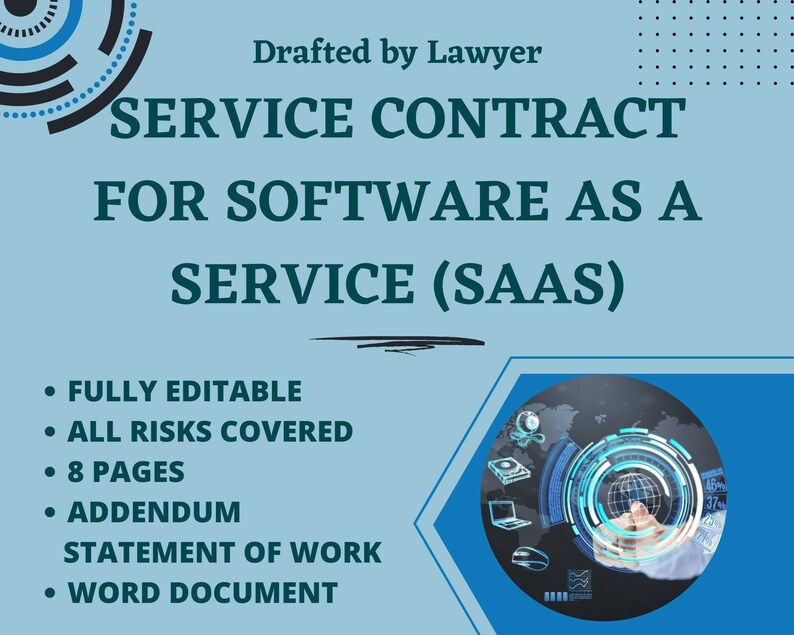
Software as a Service (SaaS): Revolutionizing the Way We Use Software
by urdigitalplanet in Blog on January 5, 2024Introduction
In the realm of digital solutions, Software as a Service (SaaS) has emerged as a game-changing model, transforming how businesses and individuals use and interact with software. SaaS offers software applications over the internet, eliminating the need for traditional software installation and maintenance. This blog post will delve into the world of SaaS, exploring its benefits, challenges, and impact on the modern business landscape.

1. What is Software as a Service (SaaS)?
Software as a Service, commonly known as SaaS, is a software distribution model in which applications are hosted by a third-party provider and made available to customers over the internet. This model allows users to access software via a subscription, rather than purchasing it outright.
2. The Rise of SaaS in the Business World
SaaS has gained immense popularity in the business world due to its flexibility, scalability, and cost-effectiveness. It enables businesses of all sizes to leverage advanced software solutions without the high costs and complexities associated with traditional software.
3. Key Benefits of SaaS
SaaS offers several advantages, including reduced time to benefit, lower upfront costs, scalability, easy upgrades, and accessibility from anywhere with an internet connection. This model also reduces the burden of hardware maintenance and software updates for users.
4. Common SaaS Applications
There is a wide range of SaaS applications available for various business needs. Popular categories include customer relationship management (CRM), enterprise resource planning (ERP), project management, human resources management, and email marketing tools.
5. Challenges and Considerations in SaaS
While SaaS offers numerous benefits, there are challenges to consider, such as data security concerns, limited customization, and potential downtime issues. Users must also rely on the service provider for compliance, updates, and system stability.
6. Selecting the Right SaaS Provider
Choosing the right SaaS provider is crucial. Important factors to consider include the provider’s reputation, security measures, service level agreements (SLAs), customer support, and the ability to integrate with existing systems.
7. The Impact of SaaS on IT Infrastructure
SaaS has significantly impacted traditional IT infrastructure. It shifts the role of IT from managing on-premise software installations to overseeing and integrating various SaaS applications, focusing more on strategic initiatives and less on maintenance.
8. Future Trends in SaaS
The future of SaaS looks promising, with trends pointing towards increased AI integration, vertical SaaS solutions tailored to specific industries, and enhanced focus on data analytics and machine learning capabilities.
Conclusion
Software as a Service represents a shift in how software is delivered and consumed. Its flexible, efficient, and cost-effective model has made advanced software accessible to a broader audience, revolutionizing business operations and IT management. As the SaaS model continues to evolve, it will undoubtedly continue to shape the future of software usage and business strategies.

